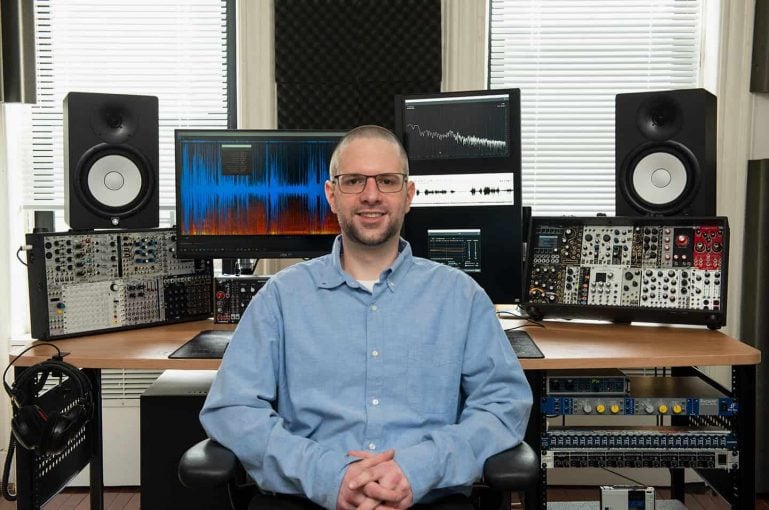Three Tips for Forensic Audio Enhancement

How do You Enhance voice Recordings?
Forensic audio enhancement requires delicate processing and consists of three important stages: critical listening, analyzing, and processing. When I first receive a recording, I analyze it for elements like vocal formants, file format, bitrate, and sample rate. I listen critically to the recording and determine what is interfering with the desired or wanted sound.
In forensic audio enhancement, each recording is completely different from the next. This requires a different processing chain, or order, for every audio recording analyzed. The processing stage can be thought of as peeling back layers of an onion. In essence, you are processing away all the different distortions, unwanted noise, and interference signals that are masking the target voice information. I will be using and mentioning the forensic software tool iZotope RX9 Advanced which was released back in October 2021. Don’t worry, all of my tips apply to most versions of iZotope RX.
Tip #1: Processing Order Matters
A forensic audio enhancement starts with the critical listening stage. This stage allows you to analyze the condition of the recording and document all the types of distortions, interference and noise masking the conversation and/or voice that you want to hear. Documenting allows you to plan what filtering tools are needed to reduce the unwanted noise in a recording. Today’s software tools will give different results depending on the order in which you decide to use them.
For example, let’s say you apply denoise to a quiet recording as the first step. Eventually, you will want to increase the gain to a reasonable listening level. By applying denoise as the first process, increasing the gain will bring all that noise back, causing the recording to be unintelligible.
Tip #2: Enable “Output Noise Only”
iZotope RX’s Spectral Denoise is a great tool for attenuating noise. The idea behind denoising is finding that sweet spot of reducing enough noise (and being aware not to subtract any important vocal information) without going overboard. If you denoise too much, you end up subtracting important voice information. Excessive noise reduction introduces artifacts that worsen the voice signal even before applying the denoise filter. Within iZotope RX’s spectral denoise, look for the setting “Output Noise Only.” When enabled, you can isolate and preview all the noise you are reducing by applying the denoise filter.
I like using “noise-only” while listening to the recording. This is so I don’t hear any important voice information. When the “Output Noise Only” setting is enabled and I hear voices, I can back off on the noise reduction amount. This will help you get closer to applying the perfect amount of noise reduction without subtracting any important audio information.
Tip #3: Don’t Forget About De-Reverb.
iZotope RX’s de-reverb module is an important tool for forensic audio enhancement. Reverberation is a commonly overlooked issue here. Excessive reverberation can smear the clarity of speech formants due to reflections from the environment. iZotope RX’s de-reverb module is a great tool to help restore clarity to the vocal formants in a recording. De-reverb uses adaptive algorithms to provide the user with adjustable settings to match a reverb profile similar to the reverb conditions in the recording. There’s a lot to work with in this plugin and it takes time to use effectively. Luckily, the “learn” button will help you understand how to use this tool properly.
The goal is to adjust the available settings to correlate the frequency profile and “reverb tail,” which is like the conditions of the excessive reverb in the recording. Once you dial in the right settings, you can reduce the excessive reverb. You might be surprised by this tool’s ability to improve the clarity of the wanted voice signal.
I hope these tips will help you understand the intricacy of the audio enhancement process. If you would like some advice on your audio recording, give me a call via phone or fill out our contact form and tell me how I can help with your recording.
For more information about our enhancement services: Forensic Audio Enhancement